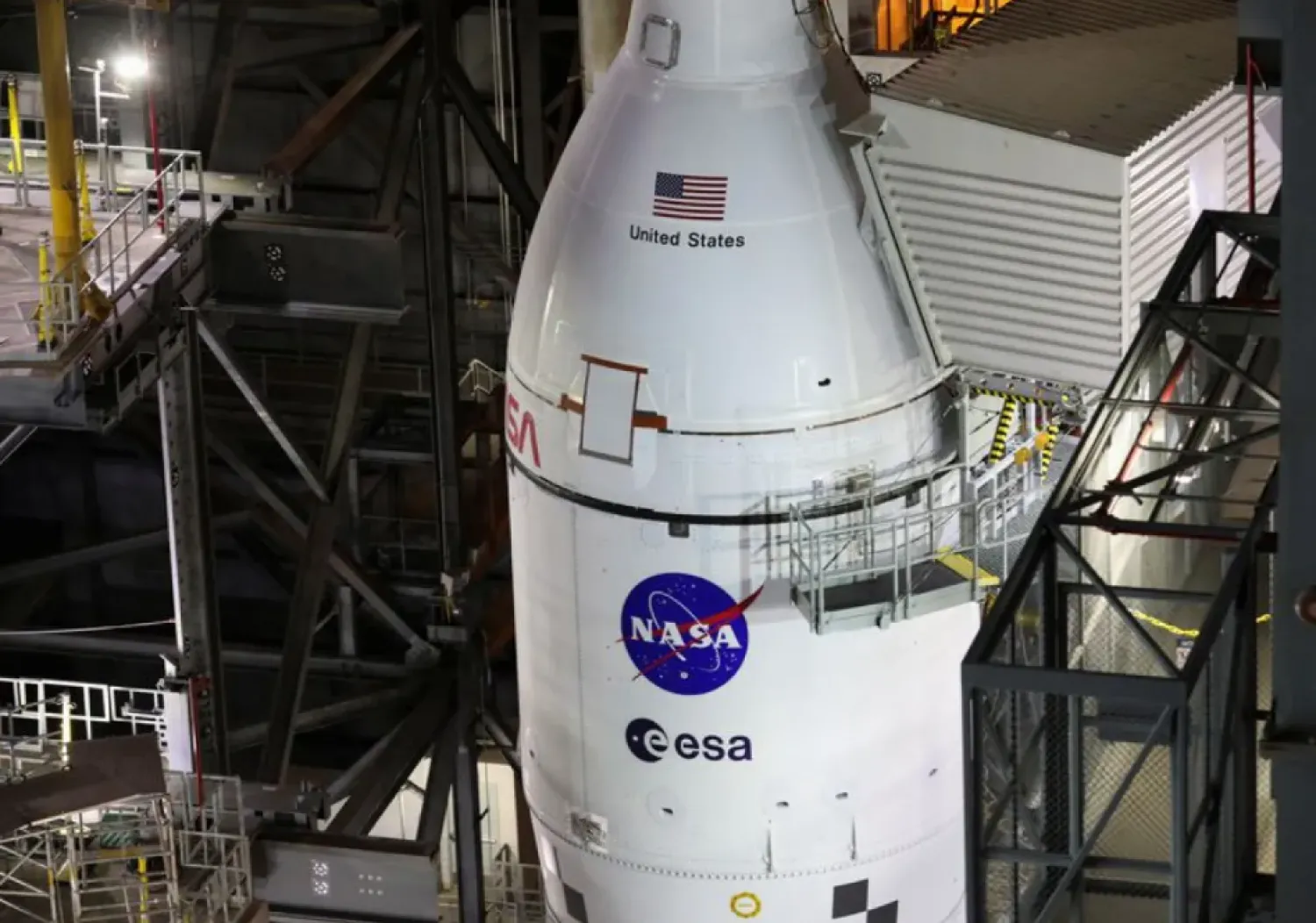When Shanghai-based designer Guo Qingshan posted a vacation photo on Valentine’s Day and captioned it “Puppy Mountain,” it became a sensation in China and even created a tourist destination.
Guo had gone on a hike while visiting his hometown of Yichang in central China’s Hubei province in late January. When reviewing the photos, he saw something he hadn’t noticed before: A mountain shaped like a dog’s head rested on the ground next to the Yangtze River, its snout perched at the water’s edge.
“It was so magical and cute. I was so excited and happy when I discovered it,” Guo said.
“The puppy’s posture is like it’s drinking water, or it’s looking at some fish. It also looks like it’s quietly protecting the Yangtze River,” he said.
Guo's post on Chinese social media app Xiaohongshu, or RedNote, received 120,000 likes within 10 days. On the media platform Weibo, the hashtag #xiaogoushan — Chinese for “Puppy Mountain” — drew millions of views.
Dog owners started to post pictures of their dogs to see which one had the closest resemblance. Many people traveled directly to the location in Yichang to see the mountain for themselves and some even brought their dogs to take photos.
“Puppy Mountain here I am!” one social media user wrote on RedNote along with photos of the mountain. “Just stroke the puppy's head and then everything will be OK.” Another social media user commented: “We all need the eyes to see the beauty in this world.”
Yang Yang, who lives about an hour and half from the location, drove there with her friends and her 2-year-old grey poodle named Yang Keyi.
“I was really happy to see the mountain,” she said. “I always travel with my dog if possible, so Puppy Mountain and my own little dog really match.”
The mountain is in Yichang's Zigui County, where it can be seen from an observation deck. The Yangtze River, the longest river in China and the third-longest river in the world, flows through the mountainous area.
After Guo's photo went viral, many people shared photos of the view they previously had taken from the same deck, many saying they hadn't realized it looked like a dog. Some discussed how the dog's appearance has changed over the years.
Yichang resident Shi Tong said he knew he had seen the mountain before, and posted a photo he took of the location in 2021.
“After I saw the Puppy Mountain photo online, I tried to look up where it is. And then I realized that I have been to this place before. I thought it looked like a dog at that time too!”









